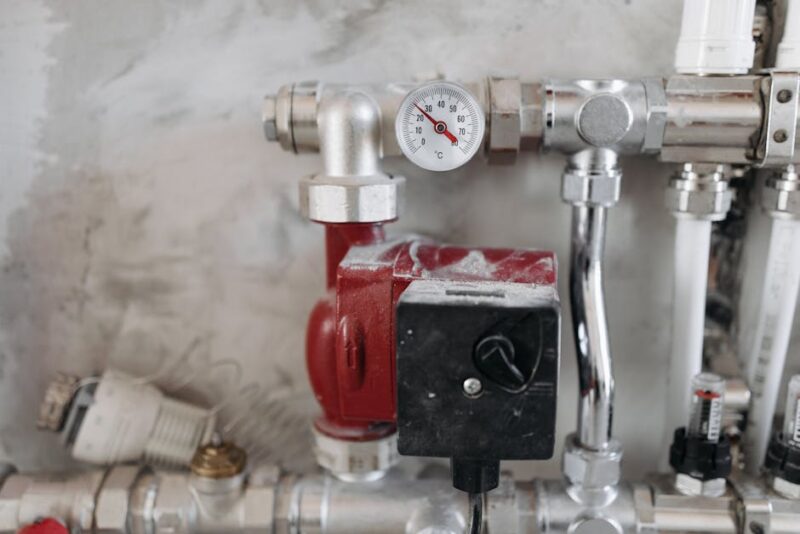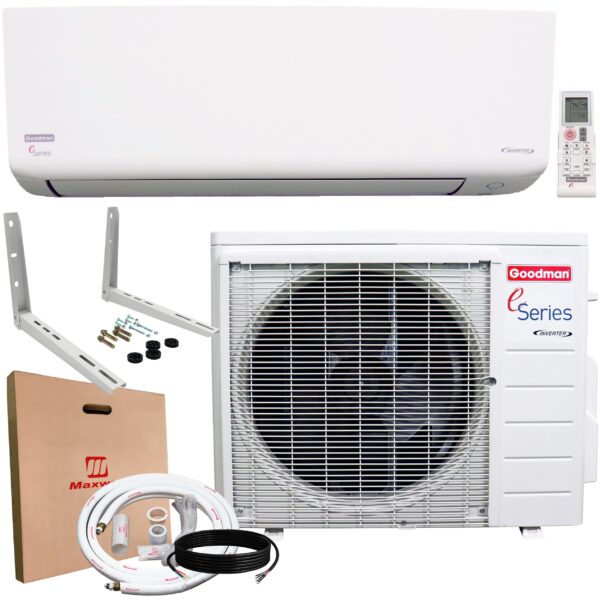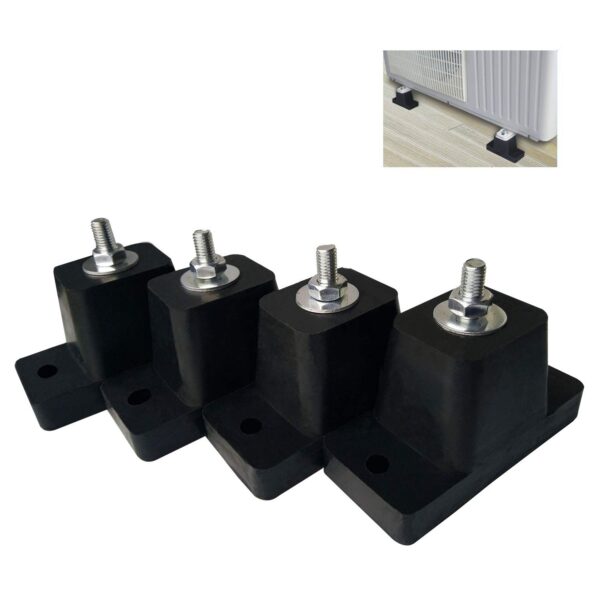Installing a heat pump offers an attractive solution for reducing energy costs and efficiently heating and cooling your home by transferring heat between indoors and outdoors. Often considered more efficient than traditional systems, heat pumps can significantly enhance home comfort. Whether you opt for an air-source, water-source, or geothermal heat pump, proper installation is essential for optimal performance. The air-source heat pump is the most commonly chosen due to its substantial energy-saving potential.

Before initiating any installation process, it's crucial to conduct a thorough assessment of your home’s insulation and energy efficiency. Older homes may need upgrades to address air leaks and improve insulation. Proper sizing of the heat pump is vital to meet your home's heating and cooling demands effectively. Additionally, securing approvals from your homeowners association (HOA) is advisable.

Conduct a series of tests to confirm system functionality and perform a commissioning process to fine-tune the heat pump’s performance for energy efficiency and comfort.
Involve licensed professionals for high-voltage electrical work and comply with all national and local codes during installation. Secure necessary permits for tasks involving power or gas connections.
After installation, monitor energy usage to gauge efficiency and potential savings. Adjust settings to maintain optimal comfort and functionality as required.
Installing a heat pump as a DIY project can lead to considerable long-term energy savings and improved climate control. However, enlisting professional help can ensure safety and maximize system efficiency. Embracing heat pump technology is a sound financial and eco-friendly choice, and homeowners should explore local incentives, such as tax credits or rebates, to offset installation costs. By following this guide, your heat pump installation can be seamless and environmentally beneficial.

Installing the Goodman Ductless Inverter Maxwell heat pump is a smart move for DIY enthusiasts seeking efficiency and comfort. This state-of-the-art system offers a slick, wall-mounted design that blends seamlessly with your home aesthetics. An accompanying remote offers convenience, while the inverter technology ensures energy-saving operation and precise temperature control. In the image, its compact and modern appearance promises a non-intrusive fit into any room, and the complete set of installation accessories indicates readiness for setup right out of the box, highlighting the product's DIY-friendly focus. Discover the benefits of this cutting-edge solution for year-round climate control. Learn more about the Goodman Ductless Inverter Heat Pump.

When tackling the installation of a heat pump, the right accessories make all the difference. The JIANZHENKEJI Conditioner Mounting Condensers Absorber is essential for DIY enthusiasts. This product ensures your unit is not only securely mounted but also operates with reduced vibration and noise. Examining the images, it's clear these anti-vibration rubber mounts are robust, and their design promises easy installation and a durable foundation for your heat pump. Their versatility also means they're suitable for most types of equipment, which is crucial for a seamless DIY experience.

Embrace the energy-efficient comfort of the Senville SENL-09CD 9000 BTU Mini Split Air Conditioner in your DIY heat pump installation guide. With the product's sleek white indoor unit and robust outdoor compressor portrayed in the image, it's clear that this system is designed for both aesthetic and performance excellence. The Senville SENL 09CD offers whisper-quiet operation, easy-to-use functionality with a remote, and an eco-friendly approach to heating and cooling, making it an ideal choice for the discerning homeowner.
As you embark on your DIY journey to install a heat pump and transform your home's heating and cooling efficiency, remember that we're here every step of the way to support and inspire you. If you have any questions or want to share your own installation success stories, feel free to connect with us. We're always excited to hear from our readers and see your projects come to life! For even more inspiration and tips, why not explore our boards on Pinterest? Or, if you're more of a visual learner, check out our latest updates and behind-the-scenes peeks on Instagram. For those who love to chat and engage in lively discussions, join us on X (formerly Twitter), or connect with us on Facebook. Here's to comfortable homes and the joy of DIY success—let's keep the conversation going!
While it's feasible to install a heat pump by yourself to reduce costs, some parts of the process may require professional assistance, such as hiring an electrician. Although tackling the installation independently can save you significant expenses, it's essential to be prepared for the challenges involved.
The installation involves connecting the heat pump to your home's electrical system for power and integrating it with the air duct system to distribute either warm or cool air effectively. After installation, an HVAC technician will test and commission the heat pump to ensure it operates correctly.
Installing an air source heat pump can be challenging for most individuals due to the intricacy involved in wiring and handling coolants. A professional installer ensures that the sensors are accurately set up, allowing your home's thermostat to receive the correct information.
The installation process involves connecting indoor air handlers to the outdoor unit using copper lines for refrigerant and electrical lines for power. If an older heat pump or air conditioner is being replaced, using a new line set is recommended. Additionally, line set covers and condensation drain lines may be installed if necessary.

Immerse yourself in architecture’s most boundary-pushing ideas—where innovative home improvements meet visionary urban developments. Discover new building techniques, materials, and creative concepts that are redefining how we shape our spaces on a global scale.